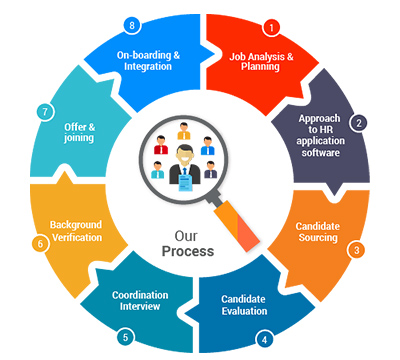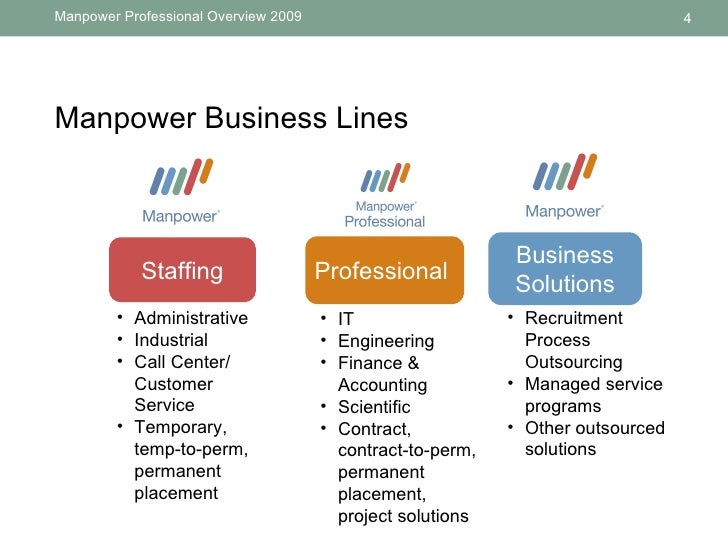
In fact, many small businesses are beginning to opt for designating or hiring a “Talent Manager” internally to help find and keep the best people at their company. Simply put, small organizations have to separate HR administration into two areas: people and processes.Ĭore components of “people” management are often kept internal. To make this determination, companies should examine what strategic and financial value is added by managing each part of HR administration. Solving this problem requires companies to determine which aspects of HR and workforce management can and should be handled internally.

It may be more advantageous to outsource certain aspects, such as payroll and benefits or even staffing.
#Manpower professionnal professional#
The measure used to be to hire one HR person for each member of your executive management, but today a ratio of one HR leader to every 500 employees is not uncommon.Īlways factor in the skills your HR practitioners bring to the table, as virtually no single professional is strong in all required HR competencies.

You will first need to assess how much value HR can add to the company, and in what areas your needs are greatest. If you’re using the HR-to-Employee metric, and given that the metrics only account for your full-time HR staff, there will always be a gap between your calculations and your actual need. Does the HR-to-Employee Metric Really Matter? The new ratio is primarily attributable to unprecedented workforce growth and an increased need to support the added HR burden on businesses.

The metric previously peaked at a record high of 1.3 per 100 employees in 2013/2014, after which it dropped to 1.1 per 100 employees in 2015, representing a more recognizable metric, and around where it had hovered for more than a decade. 2021 HR-to-Employee CalculationĪccording to Bloomberg BNA’s HR Department Benchmarks and Analysis report, the rule-of-thumb ratio is 1.4 full-time HR staff per 100 employees. This ratio is at an all-time high, and in sharp contrast to the marked drops we have seen in recent years. If properly interpreted, it can help you establish HR staffing needs and determine how well the department delivers its services. The HR-to-employee metric is a much-debated topic. This development is a response to the need to acquire talent, increasingly complex compliance demands and culture challenges that arise with new staff. Naturally, business leaders will ask the question: “how many HR people do we need to meet organizational demands?” Additionally, it is often difficult to know what level of HR expertise is needed for a small but growing team. For example, new compliance concerns are introduced as companies pass 10, 25 and 50 employees. Most small and mid-sized businesses create more formal HR processes and departmental structures as they grow.


 0 kommentar(er)
0 kommentar(er)
